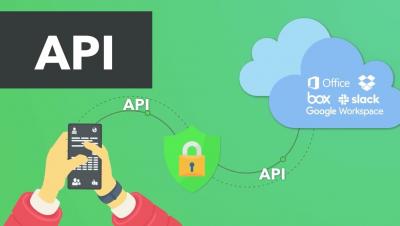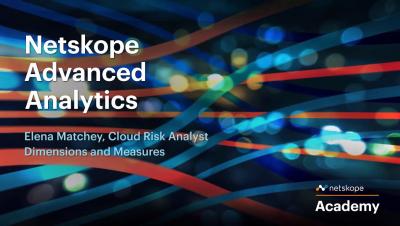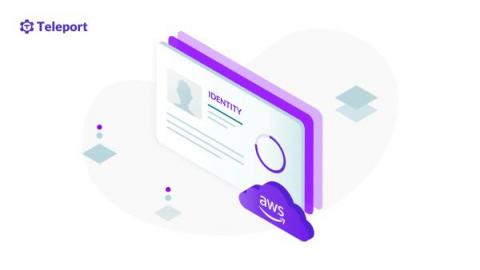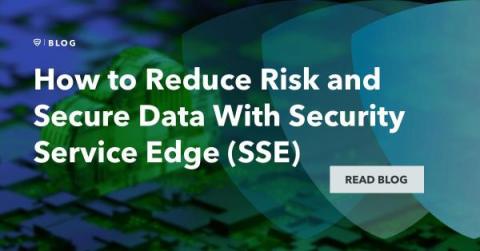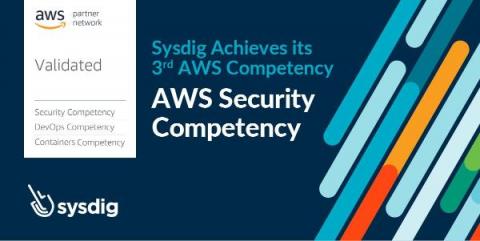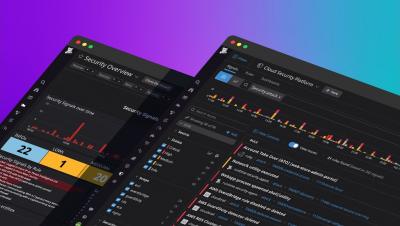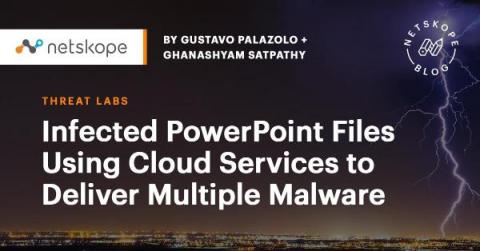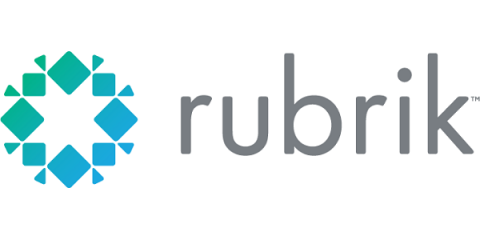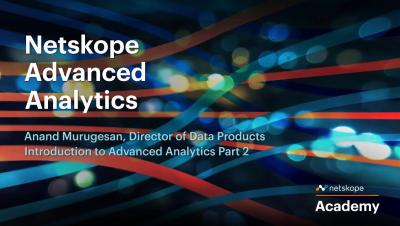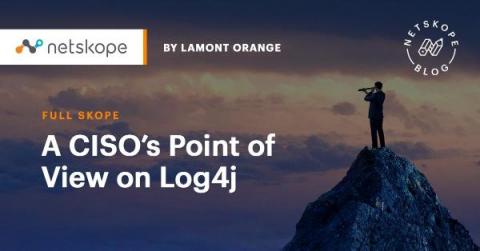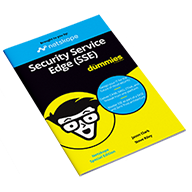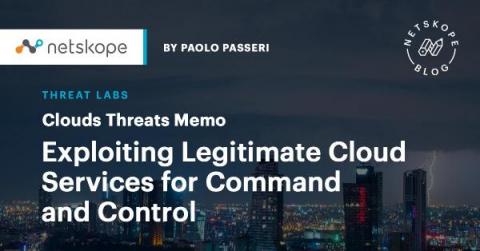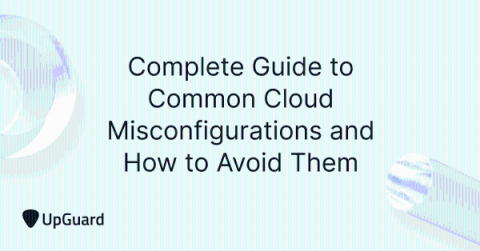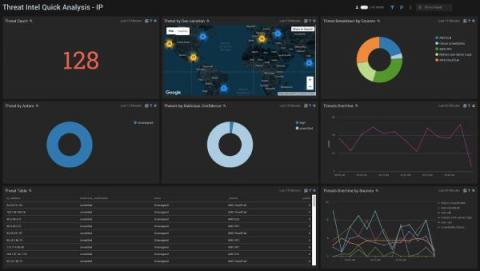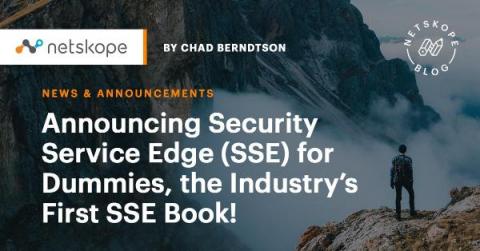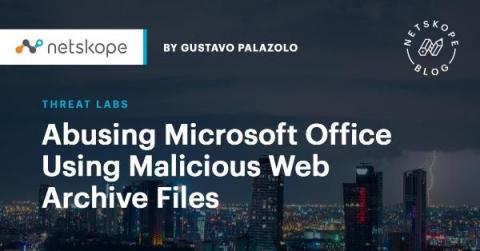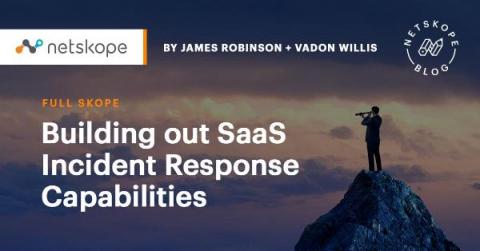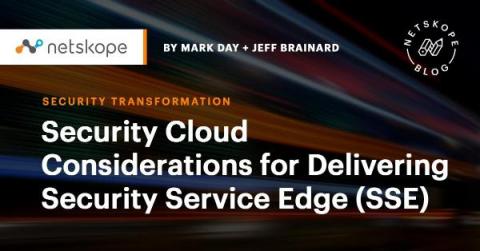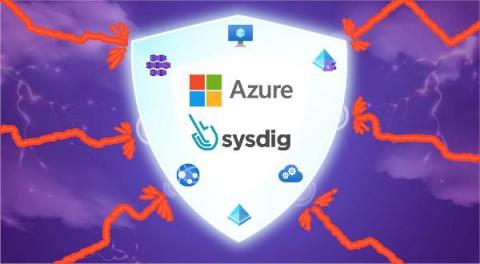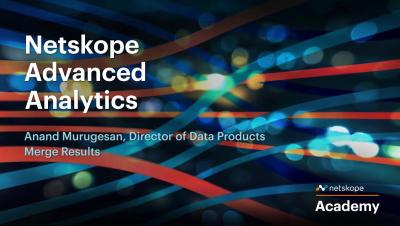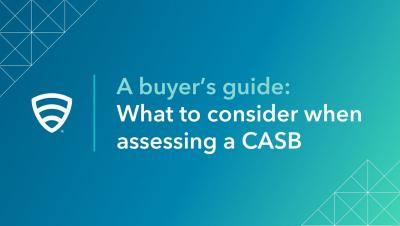Security | Threat Detection | Cyberattacks | DevSecOps | Compliance
January 2022
Elevate AWS threat detection with Stratus Red Team
A core challenge for threat detection engineering is reproducing common attacker behavior. Several open source and commercial projects exist for traditional endpoint and on-premise security, but there is a clear need for a cloud-native tool built with cloud providers and infrastructure in mind. To meet this growing demand, we’re happy to announce Stratus Red Team, an open source project created to emulate common attack techniques directly in your cloud environment.
How to Keep Your Cloud Infrastructure Secure and Compliant
Dimensions and Measures
Unifying AWS IAM Access Across Multiple AWS Accounts and Products
AWS Identity and Access Management (IAM) is a keystone to accessing AWS accounts, but as companies grow, it can be difficult to understand and standardize, especially across many AWS accounts. To put some personality into the challenges of managing identity for multiple AWS resources and accounts, I’ll start with a short story about a fictional company that you might recognize as similar to the one you work in today! ACME Net is growing fast.
How to Reduce Risk and Secure Data With Security Service Edge (SSE)
There’s a new acronym in town: SSE, which stands for Security Service Edge. If this looks mighty similar to Secure Access Service Edge (SASE), it’s because they are closely related.
Sysdig achieves AWS Security Competency
Sysdig today announced that it has achieved Amazon Web Services (AWS) Security Competency status. This crucial designation recognizes the value provided by the Sysdig Secure DevOps Platform to AWS customers to achieve their container and cloud security goals. As a key partner for the ecosystem, Sysdig collaborates closely with AWS and its customers to enhance the protection of cloud infrastructure and applications against continuously evolving security threats.
Datadog Cloud Security Platform
Two Clear Trends from the 2022 Okta Business at Work Report
Ever-increasing demands for remote work and the shift to cloud-as-default have propelled many companies to re-energize their data protection and threat neutralization strategies. Successful strategies emphasize robust identity and access management (IAM) and detailed visibility into all traffic and transactions. Okta, one of our strategic partners for IAM, recently published its eighth annual Business at Work report.
Top 5 Azure AD Security Best Practices
Azure Active Directory holds the keys to your Microsoft 365 kingdom. Responsible for vital functions such as authentication and authorization, Azure AD is ultimately responsible for managing access across the Microsoft cloud ecosystem. For that reason, is the target of many cyberattacks. In this blog post, we will detail the top 5 security best practices to follow to secure your Azure Active Directory and protect your business.
Infected PowerPoint Files Using Cloud Services to Deliver Multiple Malware
In 2021, malicious Office documents accounted for 37% of all malware downloads detected by Netskope, showing favoritism for this infection vector among attackers. This is likely due to the ubiquitous usage of Microsoft Office in enterprises across the globe. Throughout 2021 we have analyzed many techniques used by attackers to deliver payloads through infected documents, which included the return of Emotet, a campaign that primarily uses infected documents to spread malware.
Protect Archived Data from Ransomware with Immutability for Amazon Web Services Cloud Storage
Protecting your data in the cloud is fundamental to your security posture in terms of business continuity and disaster recovery. While Rubrik customers utilize the cloud every day to safely store off-site copies of their data, this blog is going to explain how we’ve made that practice even safer! We know that security threats to backup systems are on the rise, with hacking, malware, and even human error becoming more prevalent in the age of remote work.
Vulnerable AWS Lambda function - Initial access in cloud attacks
Our security research team will explain a real attack scenario from the black box and white box perspective on how a vulnerable AWS Lambda function could be used by attackers as initial access into your cloud environment. Finally, we show the best practices to mitigate this vector of attack. Serverless is becoming mainstream in business applications to achieve scalability, performance, and cost efficiency without managing the underlying infrastructure.
Introduction to Advanced Analytics (Part 2)
A CISO's Point of View on Log4j
No sooner did word start to spread about Apache Log4j that the usual torrent of blaring headlines, vendor marketing, and tips and tricks-style “information” quickly followed. You can find plenty of solid technical analysis out there about Log4j, and we’ve already posted information about Netskope protections and threat coverage from Netskope Threat Labs. But that’s not this post.
Security Service Edge (SSE) For Dummies
Cloud Threats Memo: Exploiting Legitimate Cloud Services for Command and Control
Welcome to the first edition in 2022 of our Cloud Threats Memo! One of the key findings of our Cloud and Threat Report – January 2022 is the leadership of Google Drive as the most exploited cloud app for the distribution of malware (and for the record, guess which service ranks at number two—spoiler alert: it is a cloud storage service from Microsoft). Unsurprisingly, this is not the only way in which threat actors can exploit these and other cloud services.
Complete Guide to Common Cloud Misconfigurations and How to Avoid Them
Companies are increasingly moving their IT operations to IaaS (infrastructure-as-a-service) solutions. Gartner estimates that by 2022, about 60% of business entities will be leveraging cloud-managed offerings, doubling the recorded use in 2018. Cloud offerings like Amazon Web Services (AWS) are generally secure. But since IaaS uses a shared security model, there's a great chance of data security issues, including cybersecurity and workload concerns.
Monitoring your AWS environment for vulnerabilities and threat detection
Announcing Security Service Edge (SSE) for Dummies, the Industry's First SSE Book!
Security Service Edge (SSE) describes the evolving security stack crucial to a Secure Access Service Edge (SASE) journey, with core platform requirements that include CASB, SWG, and ZTNA capabilities. SASE is an architecture—really, a long-term journey that will change how we all think about security and networking. But SSE, as part of SASE, is a set of cloud-delivered security services you can acquire and make the most of today.
Enterprise Risk Management for Cloud Computing
2022 Cybersecurity Predictions
Abusing Microsoft Office Using Malicious Web Archive Files
In November of 2021, we described several techniques used by attackers to deliver malware through infected Microsoft Office files. In addition to exploits like CVE-2021-40444, these infected documents frequently abuse VBA (Visual Basic for Applications) to execute their techniques, regardless of the final payload. Attackers also often use extra layers of protection to evade signature-based detections, like constructing PowerShell scripts and WMI namespaces at runtime, as done by Emotet.
Building Out SaaS Incident Response Capabilities
Every functioning security team has an incident response plan. Advance strategizing and preparation are absolutely imperative to ensure a quick response to data breaches, ransomware, and numerous other challenges, but most companies first developed that plan years, if not decades, ago and now only revisit it periodically. This is a problem. How many organizations have developed a separate incident response plan to address the unique risks of the software-as-a-service (SaaS) era? Far too few.
What is a Distributed Cloud Architecture? Top 4 Security Considerations
By 2025, there will be more than 100 zettabytes of data stored in the cloud – that’s a lot of data! With more applications needing to process a significant amount of data in real-time, there is a shift in demand for distributed cloud and edge computing. Fortunately, the distributed cloud brings many impressive benefits to organizations – generating immense cost savings, greater scalability, and reaching resource-intensive business demands.
Why You Need an Adversary-focused Approach to Stop Cloud Breaches
It should come as little surprise that when enterprise and IT leaders turned their attention to the cloud, so did attackers. Unfortunately, the security capabilities of enterprises have not always kept up with the threat landscape. Poor visibility, management challenges and misconfigurations combine with other security and compliance issues to make protecting cloud environments a complex endeavor.
What You Should Know About the Rise in AWS S3 Security Data Breaches
Security Cloud Considerations for Delivering Security Service Edge (SSE)
In recent blogs, we’ve explored the role of Security Service Edge (SSE) technologies as part of a SASE architecture, and the key differences between SSE and SASE. But so far, we’ve focused more on overall functionality than on its realization and what SSE means from a cloud design and implementation perspective. In this post, we shift gears to put a spotlight on networking and infrastructure as it relates to security clouds.
Secure DevOps on Microsoft Azure: Reduce Cloud & Container Risk
Microsoft Azure is a great choice for enterprises looking to quickly build and deploy apps to the cloud. However, cloud teams must simultaneously consider how to implement DevSecOps practices to reduce, manage and avoid risks. Sysdig is collaborating with Microsoft to simplify cloud and container security and deliver robust SaaS-based solutions for the Azure ecosystem.


